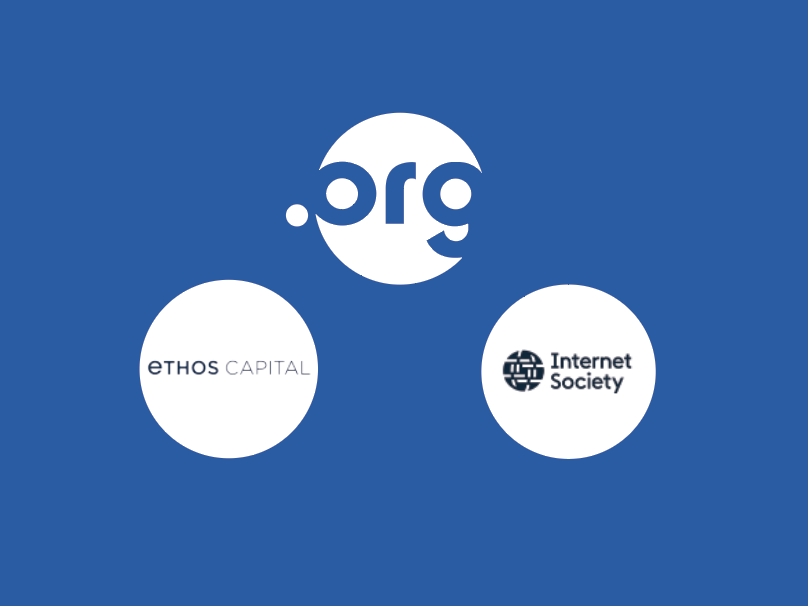0
AWS rolls out Outposts for on-premises hybrid cloud
Looking to further nudge the data-center crowd into the cloud world, Amazon Web Services announced the availability of its long-awaited Outposts hybrid-cloud service this week.Outposts delivers on-premises hardware and services that enables AWS cloud services inside enterprise data centers. That on-premises market is huge according to Amazon Web Services CEO Andy Jassy who told the AWS re:Invent 2019 conference audience 97% of the $3.7T IT market is still on-prem and that the industry is still at the very early stages of a shift from on premises to the cloud.To read this article in full, please click here

